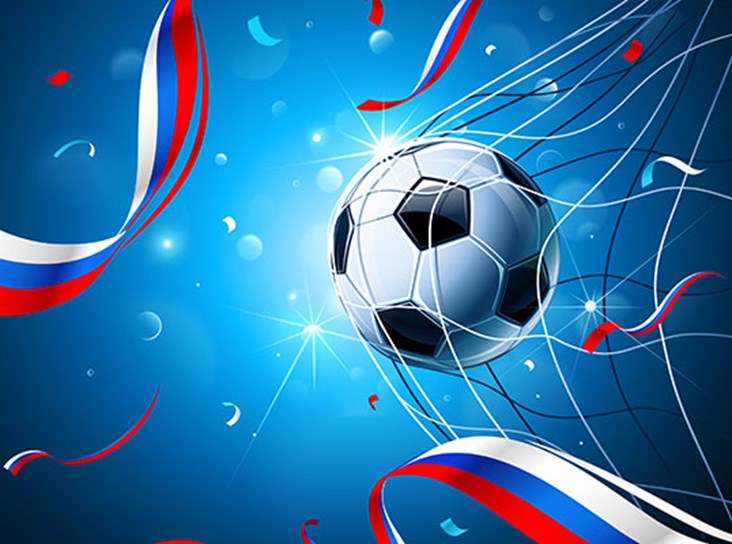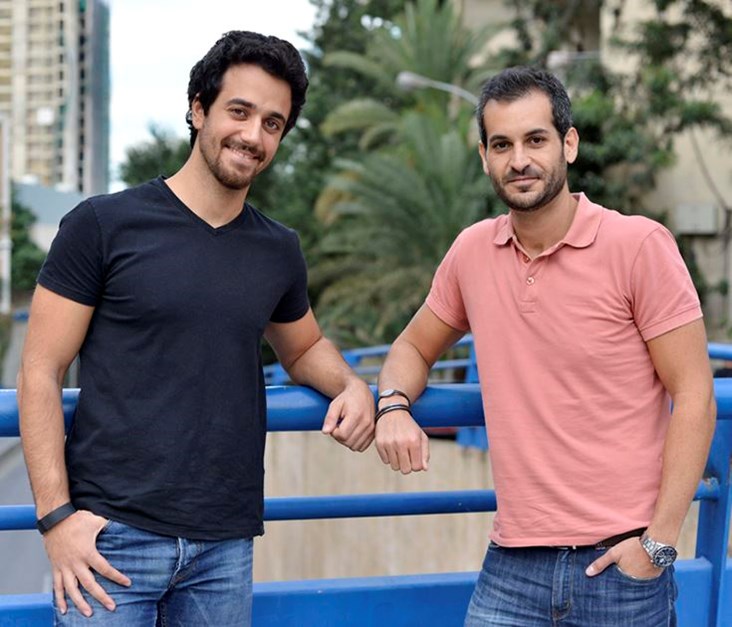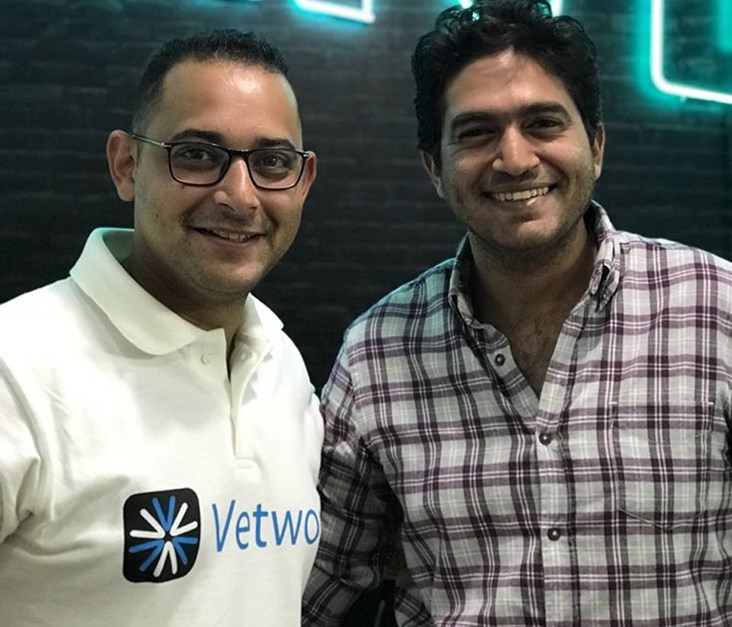
Football, or soccer in American terms, has climbed the pedestal of the most beloved and followed sport worldwide. With the arrival of the World Cup season, all eyes are on the game, with viewers watching from their offices, and flights being delayed so people can continue to watch the game – which happened in Bogota.
With that said, one cannot deny the impact of technology on this popular game whether on or off the field. In the past couple of years, the World Cup witnessed many innovative technologies, which enhanced the player's performance and the referee's judgment. In this article, on-field innovative technologies will be further explored in details.
Goal-line Technology
The first innovation is called goal-line technology, which was first introduced at the 2014's World Cup. The referee wears a watch and receives immediate alerts on it once the ball fully crosses the goal line.

There are two technologies used to make this happen. Some systems work with cameras whose job is to detect the movement of the ball and evaluate whether the whole ball crossed the goal line (Hawk-Eye). If the ball does indeed cross the line, the referee is alerted in less than a second which reduces the amount of time lost. Other systems use magnetic fields provided by cables planted around the goal and under its ground; the ball possesses receptors inside it (GoalRef). When the ball interacts with the magnetic field, the system can automatically pinpoint the exact position of the ball and if there has been a goal or not.
Video Assistant Referee - VAR
With the success of Goal-line technology, Video Assistant Referee (VAR) was given the green light in March 2018 by the International Football Association Board (IFAB). This World Cup season featured this additional supportive tool for the referee. VAR is consisted of 13 referees who watch the match while being recorded. The referee consults the VAR only in critical situations such as goals, penalty decisions, red cards, and cases of mistaken identities.

Players and audiences will know the referee’s decision to consult the VAR when he/she draws the outline of a TV. The VAR team reviews the incident and reports back to the referee who has the last call.
Electronic Performance and Tracking Systems - EPTS
In addition to those 2 innovations, Electronic Performance and Tracking Systems (EPTS) are camera-based and wearable technologies used to track players on the field to assess their performance as individuals and team players.
This technology is also beneficial for monitoring heart-rates and various physiological parameters because it is combined with microelectromechanical devices such as accelerometers, gyroscopes, etc. Consequently, players feel safer on the field knowing that there is constant observation regarding their health.
Double-edged Sword
Both Goal-line technology and VAR received positive and negative reactions. They both took the game to a more advanced and accurate game. However, there are still some undeniable drawbacks that hinder the game’s full flourishment.
In-depth Pros and Cons
Goal-line Tech
Goal-line technology received a worldwide acceptance because it eliminated mistakes when it comes to scores. Before its introduction, many incidents where the referee misjudged a goal or wronged a team due to his/her lack of supervision outraged the fans.
The Hawk-Eye technology provides an accurate visual confirmation for both the referee and the audience which ensures a definite correct decision. This does not cross out its cons; the cost of camera installation will definitely be high. Also, even if it could simulate the ball’s trajectory within one second, it would take a lot of time when replays are shown.
It would make sense to believe that GoalRef is therefore the better technology. GoalRef does indeed give a faster result than Hawk-Eye without the necessity of cutting the flow of the game, but, unlike Hawk-Eye, GoalRef does not provide the goal visual for the spectator to enjoy. In addition to that, every Football will have to be manufactured with a chip to react with the electromagnetic field.
Video Assistant Referee – VAR
The VAR is a great tool for the referee to double-check on an incident to make sure no sides are misjudged. It removes the possibility of a mistake. As previously mentioned though, there are only four cases when the referee can rely on VAR (goals, penalty decisions, red cards, mistaken identities).
The first question that pops to mind is: what about when the referee wrongly accuse a player of certain foul play? The players and the audience will have to accept the decision if it is a wrong one. But we cannot assume that the referee will always make wrong judgement calls.
What remains an issue is the fact that relying on the VAR takes time away from the match and disrupts the flow and excitement of the match.
To conclude, VAR has the least disadvantages and is a great addition to the game.
Wait! What about the EPTS?
This technology is very complex. There are three forms of EPTS available on the market, each possessing its benefits and limitations.
Optical-Based Camera Systems
The Optical-Based camera systems include camera installation that captures all the players on the field. On one hand, it is non-invasive to players, able to provide high sampling rate with ball tracking possibility, and it is commonly used in the football market. On the other hand, the installation time of this system is long and if any tracking occlusion occurs, it has to be fixed manually. Plus, the number of measurements provided is limited.

Local Positioning Systems - LPS
Local Positioning Systems (LPS) is done by inserting beacons which have a limited range across the field, along with LPS units inserted on the player’s back. This allows for high number of measurements possible with real-time accuracy and its ultra-wise band technology reduces the chances of transmission interference. However, this system’s limitations are mostly related to its high costs, long installation time, and the fact that it is a fixed installation.
Global Positioning System - GPS
The final technology used in tracking players is the GPS system. Similar to the local positioning System (LPS), players wear a GPS unit on their backs protected by heavy padding. Unlike LPS, The satellite reads the players’ data thanks to that small device and sends it to the coach and the medical team for constant observation.
Since the satellite is responsible for reading the data, the installation of this system is very short; there are no beacons to install, only small GPS units on the back. In addition to that, the number of measurements read is very satisfying.
But like any technology, GPS tracking indeed has limitations and inconveniences, one of which being the GPS unit itself. Its size and the fact that it is attached to the player with paddings affect the player’s agility on the field. Moreover, the satellite’s signal line of sight may be obstructed by buildings, trees, and sometimes extreme weather conditions, which is a possibility in football matches.
We, the fans, are pleased!
FIFA’s constant loyalty to its fans, players, teams, and coaches renders the game globally appreciated and loved. FIFA’s goal is not only the safety of their players but also the full fan enjoyment with all its ups and downs.
Which team are you rooting for in this surprising season of the World Cup?
Latest Business
Intelligence Report













